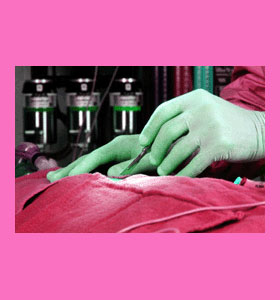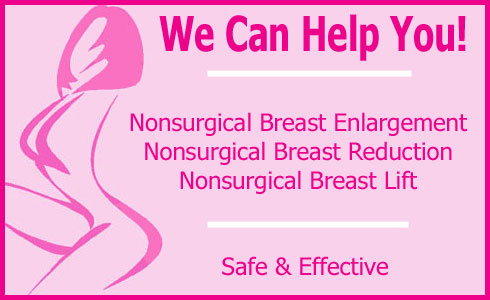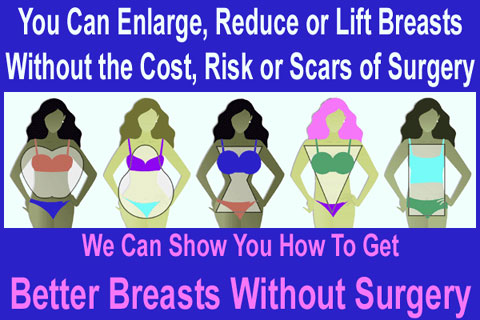
Scar reduction is a specialty niche service offered by many dermatologists and plastic surgeons. Scars may form for a wide range of possible reasons, including injury, surgery or infection. Scars can be physically painful and emotionally affective, leading to a decreased quality of life and sometimes, causing serious psychological issues.
Scar removal and reduction services can help patients with many different types of scars and can be the first step in resolving the emotional issues associated with unaesthetic body image concerns.
Scar Reduction Facts
Scars consist of visible evidence on the body caused by trauma or disease. Most scars are not physically symptomatic, but large scars or scars on sensitive areas can be painful or even debilitating for unfortunate patients.
Scars can also increase the chance of re-injury, regardless of whether the scar is visible or beneath the skin in one or more of the soft tissue of the body, such as on a tendon, ligament or muscle.
Scars on the skin are the ones most often treated with scar removal modalities, although subdermal or deep soft tissue scarring can also be the target of treatment, particularly in athletes.
For example, many professional fighters undergo facial scar removal at and under the skin surface to prevent excessive cutting and bleeding while competing.
Learn more about tattoo removal, which is a specialized type of treatment for getting rid of unwanted tattoo marks. Laser tattoo removal is the industry standard, but there are also other options available.
Scar Treatments
Breast scar removal techniques allow visible surgical evidence to be decreased in visual presentation.
Plastic surgery scars are a small price to pay to accomplish the major mindbody goals of the operation.
Cosmetic surgery scars may diminish the positive benefits of an otherwise successful procedure.
Burn scar removal can treat a variety of burns using cutting-edge technologies.
Stretch marks on the breast are natural occurrences that can actually be successfully resolved using targeted care practices.
Breast enlargement scars will virtually always leave some evidence of the procedure, unless the doctor utilizes the transumbilical technique.
Acne scars can occur on the face or body, leading to decreased self esteem and a poor body image. Acne scar treatment can remove these marks, solving issues that affect mind and body.
Breast scars and nipple scars can occur from trauma, age, disease or surgery.
Breast lift scars and breast reduction scars will always be present around the nipple and might also be seen on the lower half of the breast mound and in the inframammary crease, as well.
Transaxillary scars appear in the underarm after implant placement.
Inframammary scars occur in the natural breast fold, under the breast mound itself.
Breast implant scars can occur in any area of the breast or underarm, but can be completely hidden using implant placement through the navel.
Scar Removal Methods
Scar reduction can be simple or quite complex, depending on the nature of the scar and the goal of treatment. Subdermal scarring is always treated surgically, while skin scars can often be resolved without invasive methods of care.
For cosmetic scar elimination, most patients start with do-it-yourself options, such as silicone scar sheets, hydrogel scar sheets, scar massage and scar creams and only advance to professional modalities if these basic forms of therapy are ineffective.
Professional scar removal options include laser scar treatment, electromagnetic scar removal, scar pigmentation or surgical scar interventions.
Scar Reduction Tips
Treating problematic scars is a crucial step for any patient who is suffering the physical, functional or psychoemotional effects of the mark.
Many of the DIY methods are easy to use and moderately effective for treating all but the worst skin level scars.
For particularly bad or subdermal scarring, you will need to seek professional treatment from your doctor. Scar elimination specialists are highly trained and can work virtual miracles with problematic scars, such as deep tissue concerns and keloid markings.
To learn more about the best method of treating your scars, consult with your dermatologist or a qualified board certified plastic surgeon today.




